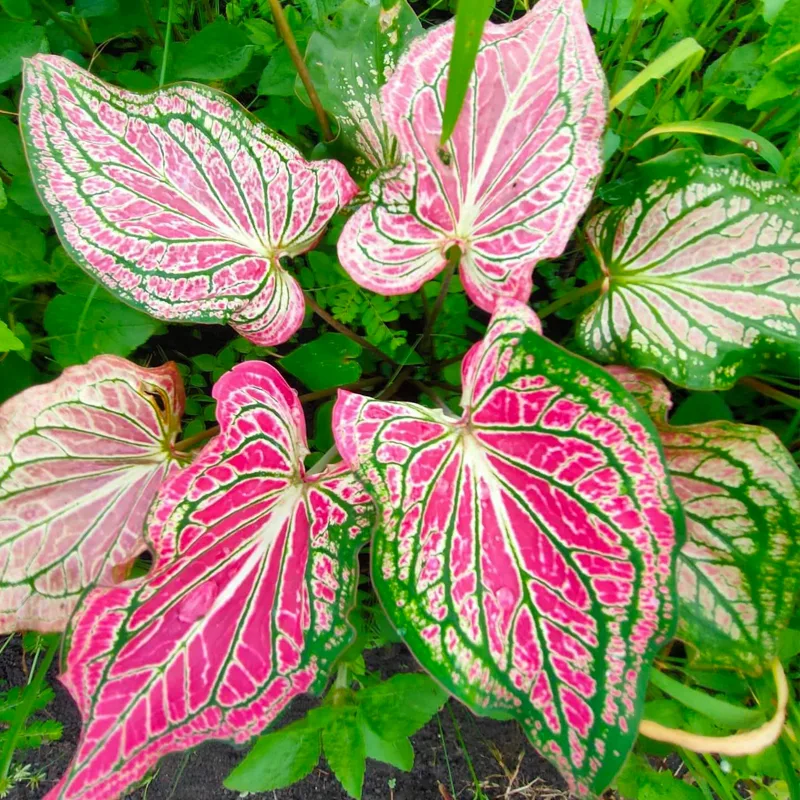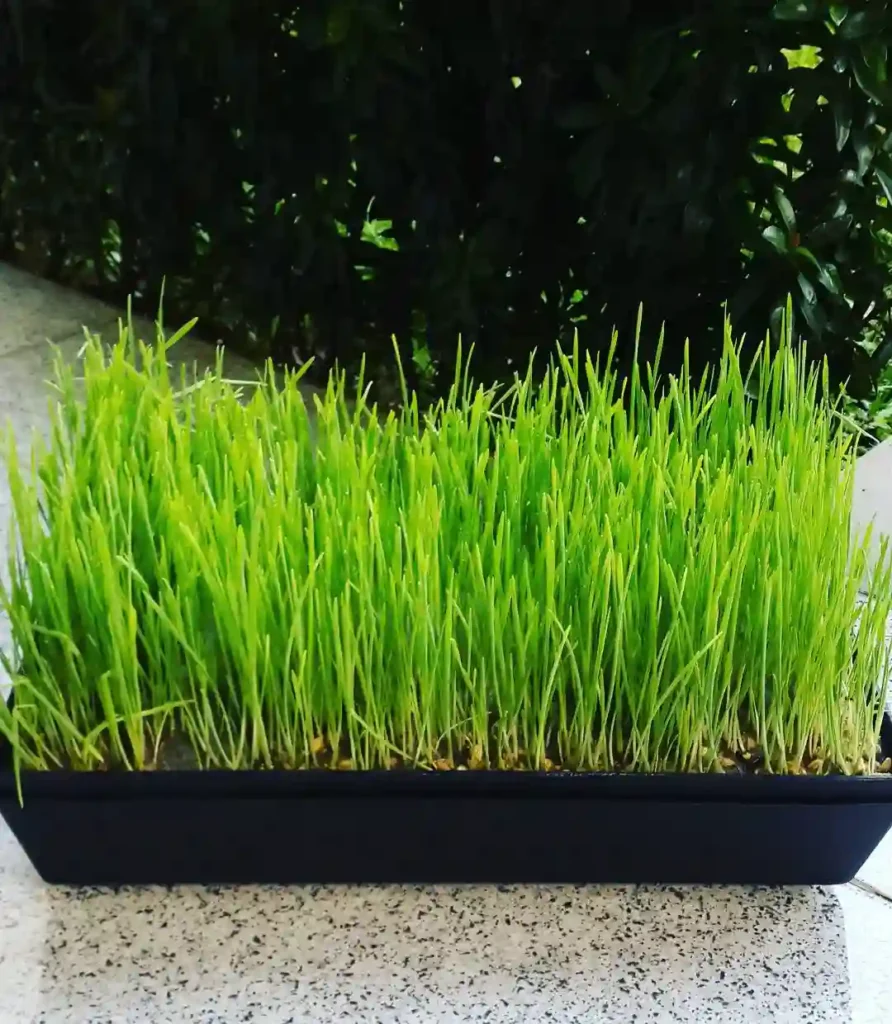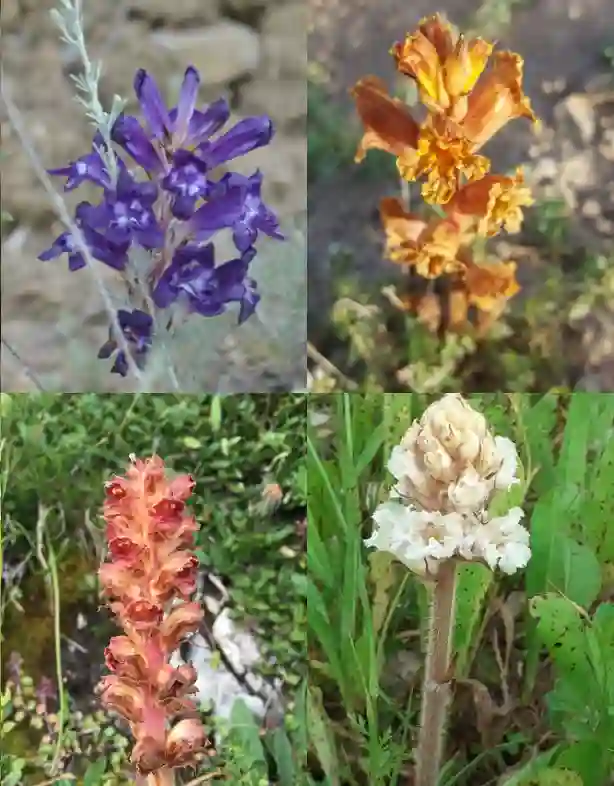Frequently Asked Questions About Anthurium Bakeri
As a plant enthusiast, I’ve found that Anthurium Bakeri is a unique addition to any collection. Its strap-like leaves and easy-going nature make it a standout, but there are often a lot of questions about how to care for this beauty. I’ve compiled answers to the most frequently asked questions based on my experiences with the plant.
1327 Species in Genus Anthurium
What Is Anthurium Bakeri?
Anthurium Bakeri, sometimes referred to as the Bird’s Nest Anthurium, is a tropical plant native to Central and South America. Its elongated, leathery leaves give it a distinctive look compared to the more commonly known heart-shaped Anthurium varieties. These plants are epiphytes in their natural environment, which means they grow on other plants, though they don’t harm their hosts. This makes them adaptable to various growing conditions.
How Do I Care for Anthurium Bakeri?
Caring for Anthurium Bakeri is relatively straightforward, which is one reason I love this plant. Here’s a simple breakdown of its needs:
- Light: This plant prefers bright, indirect light. I’ve found that placing it near a window with filtered sunlight works best. Too much direct light can scorch its leaves, while too little can stunt its growth.
- Watering: Keeping the soil consistently moist but not soggy is key. I water mine when the top inch of soil feels dry. Overwatering can lead to root rot, so it’s crucial to let the soil dry out between waterings.
- Humidity: As a tropical plant, Anthurium Bakeri thrives in high humidity. I often mist it or use a humidifier nearby, especially during the winter months.
- Soil: A well-draining, chunky soil mix is essential. I like to use an orchid or aroid mix with added perlite and bark to ensure proper aeration.
- Temperature: It prefers temperatures between 65°F and 80°F. Avoid placing it in areas with cold drafts or sudden temperature changes.
How to Propagate Anthurium Bakeri?
Propagating Anthurium Bakeri can be done through division or stem cuttings. I’ve had success with both methods.
- Division: When repotting, carefully separate the plant’s roots into sections, ensuring each part has enough roots and leaves to survive. Replant each division in fresh soil.
- Stem Cuttings: Another method is to cut a section of the stem with at least one node and place it in water or directly into soil. If using water, wait until roots form before transferring it to a pot.
Both methods require patience, but it’s rewarding to see new plants grow from your efforts.
Is Anthurium Bakeri Toxic?
Yes, Anthurium Bakeri is toxic to both pets and humans if ingested. The plant contains calcium oxalate crystals that can cause irritation to the mouth, throat, and digestive system. It’s best to keep it out of reach of curious pets and small children. However, I’ve found that the toxicity is usually only an issue if the plant is chewed or consumed.
What Are the Benefits of Anthurium Bakeri?
Anthurium Bakeri isn’t just an aesthetic plant. It’s also an excellent air purifier, helping to filter out harmful pollutants from the air. Its upright, elegant leaves bring a touch of the tropics indoors, making it a great choice for adding greenery to spaces like living rooms or offices. Plus, its relatively low-maintenance care makes it a fantastic plant for beginners and seasoned plant lovers alike.
What Should I Plant with Anthurium Bakeri?
Since Anthurium Bakeri thrives in humidity, pairing it with other tropical plants can create a stunning indoor jungle effect. I like to plant it near Philodendrons, Ferns, or even other Anthurium varieties. They all share similar care needs and complement each other visually. It’s also worth considering combining it with plants that enjoy medium to bright indirect light, such as Peace Lilies or Calatheas.
What Are Common Problems with Anthurium Bakeri?
Even though Anthurium Bakeri is hardy, it’s not without its issues. Here are a few common problems I’ve encountered:
- Yellowing Leaves: This can indicate overwatering or underwatering. I always check the soil moisture to determine the cause.
- Brown Leaf Tips: Brown tips usually mean the plant isn’t getting enough humidity. Increasing humidity around the plant typically solves this problem.
- Pests: While it’s not prone to pests, Anthurium Bakeri can occasionally suffer from spider mites or aphids. I wipe down the leaves with a damp cloth or use insecticidal soap if I notice any pests.
How Does Anthurium Bakeri Compare to Other Anthuriums?
Anthurium Bakeri is often confused with Anthurium Plowmanii, another bird’s nest variety. Both have long, narrow leaves, but Anthurium Plowmanii tends to have more wavy or ruffled edges, while Anthurium Bakeri’s leaves are smoother and more strap-like. Additionally, Anthurium Bakeri has red berries when it flowers, while Anthurium Plowmanii doesn’t fruit as noticeably.
Another comparison is with the common Anthurium Clarinervium, which has large, heart-shaped leaves and prominent veins. While Anthurium Bakeri offers a more subtle beauty with its long, understated leaves, Clarinervium steals the show with its dramatic foliage. I personally love both for different reasons, and they can complement each other when planted together.
Conclusion
In summary, Anthurium Bakeri is a unique and rewarding plant to grow. Its distinct foliage, easy care, and ability to purify the air make it a fantastic choice for any indoor garden. Whether you’re a novice or an experienced plant parent, this tropical beauty can bring a bit of the rainforest into your home with minimal fuss. By following the care tips and keeping an eye on potential issues, your Anthurium Bakeri can thrive for years to come.
If i die, water my plants!



